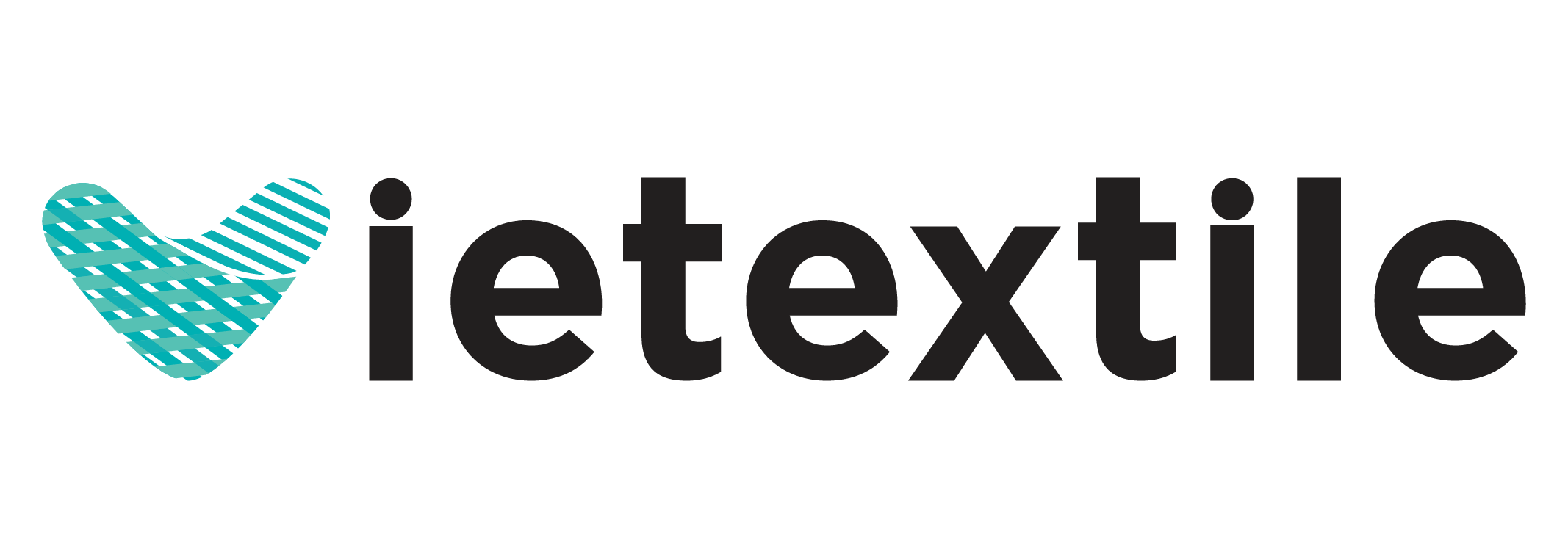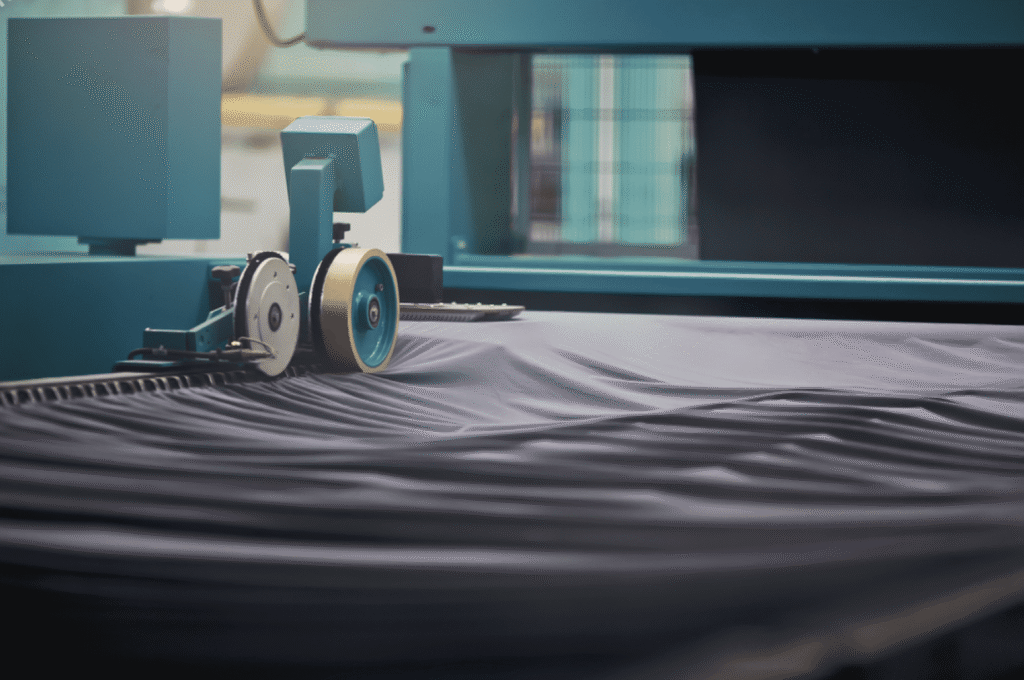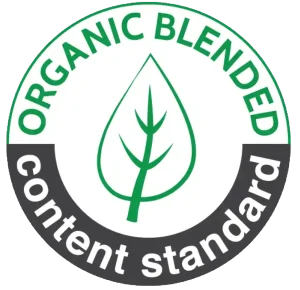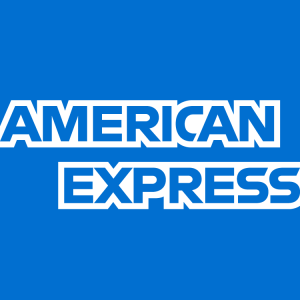Knitted fabric, with its softness and stretch, is prone to deformation after dyeing and washing. To ensure precise dimensions and perfect quality, the knitted fabric stenter machine is indispensable equipment before packaging.
This article will delve into explaining what a knitted fabric stenter machine is, the unique challenges of knitted fabric, and especially analyze the main reasons why this fabric type needs to pass through a knitted fabric stenter machine before packaging. The goal is to provide a comprehensive overview of the importance of this technology in creating high-quality knitted products.
1. What is a Knitted Fabric Stenter Machine?
Nội dung tóm tắt
Toggle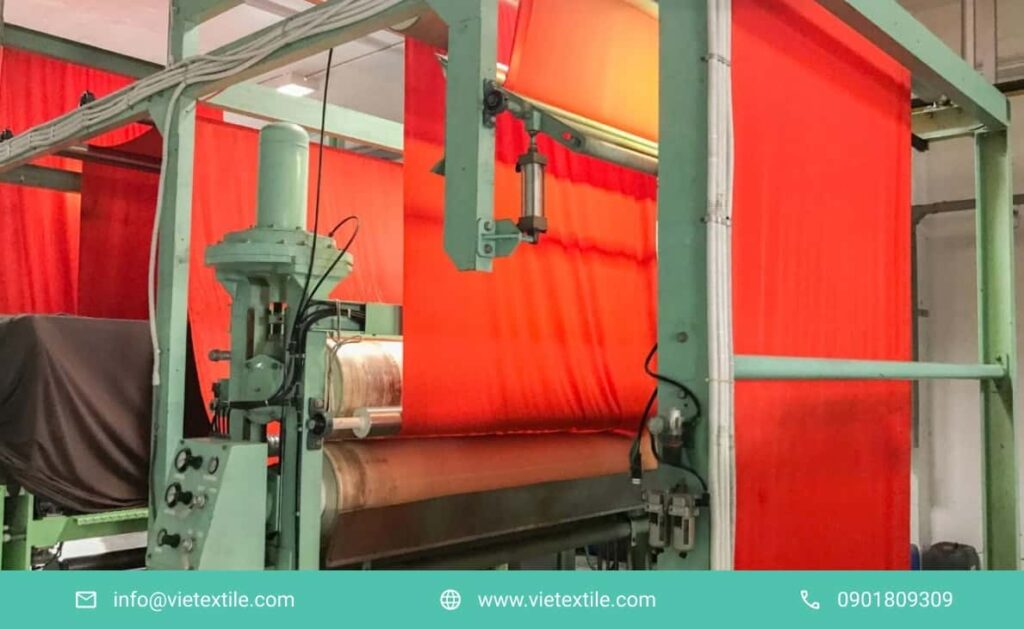
A knitted fabric stenter machine is a specialized industrial device designed to process knitted fabric in the finishing stage. The main function of this machine is to control and stabilize the dimensions (width, length) of the fabric, remove wrinkles, dry the fabric after wet processes, and heat set its structure by high temperatures.
In a knitted fabric stenter machine, the fabric is firmly held by pins or clips at both selvages and is stretched widthwise as it moves through high-temperature drying chambers. This process helps knitted fabric achieve the desired dimensions, eliminates deformation, and sets the fabric structure, ensuring the product meets quality standards and is ready for cutting, sewing, or packaging.
2. Unique Characteristics of Knitted Fabric and Challenges in Finishing
Knitted fabric has unique structural characteristics that provide stretch and comfort but also create distinct challenges in the finishing process, requiring the intervention of a knitted fabric stenter machine.
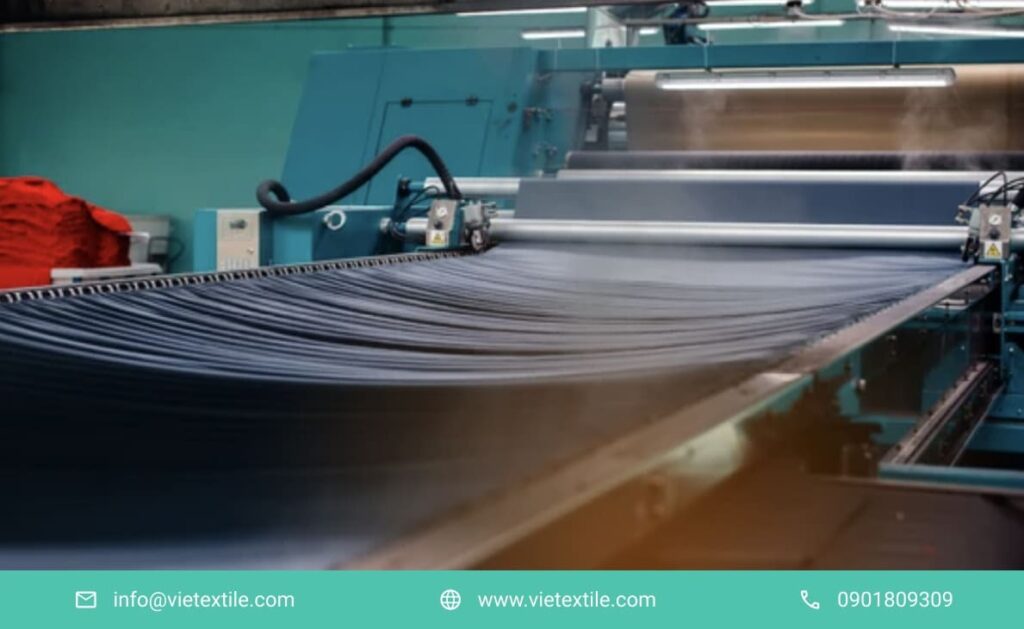
2.1 Loose Structure and Prone to Deformation
Compared to woven fabric with a tight interlaced structure, knitted fabric is formed from interlooped yarns, creating a more flexible and loose structure. This makes knitted fabric prone to stretching, shrinking, or deforming under the influence of tension, temperature, and humidity during dyeing and washing processes. Without this specialized machine, the fabric can completely lose its shape.
2.2 High Shrinkage Tendency
Most knitted fabric types, especially cotton knitted fabric, tend to shrink significantly when exposed to hot water and high temperatures during washing and dyeing. Controlling this shrinkage is a major challenge to ensure garments retain their original size.
2.3 Prone to Curling
Single jersey knitted fabric has a characteristic tendency to curl at the edges when cut or when not hemmed. This complicates cutting and sewing stages and affects the product’s aesthetic appeal if not treated by this equipment.
2.4 Prone to Permanent Wrinkles
Due to its softness, knitted fabric can easily wrinkle during dyeing/washing if not properly handled. These wrinkles can become permanent if not effectively removed by the stenter before packaging.
3. Key Reasons Why Knitted Fabric Needs to Pass Through a Knitted Fabric Stenter Machine Before Packaging
Processing knitted fabric through a knitted fabric stenter machine before packaging is an indispensable step to ensure product quality, consistency, and value.
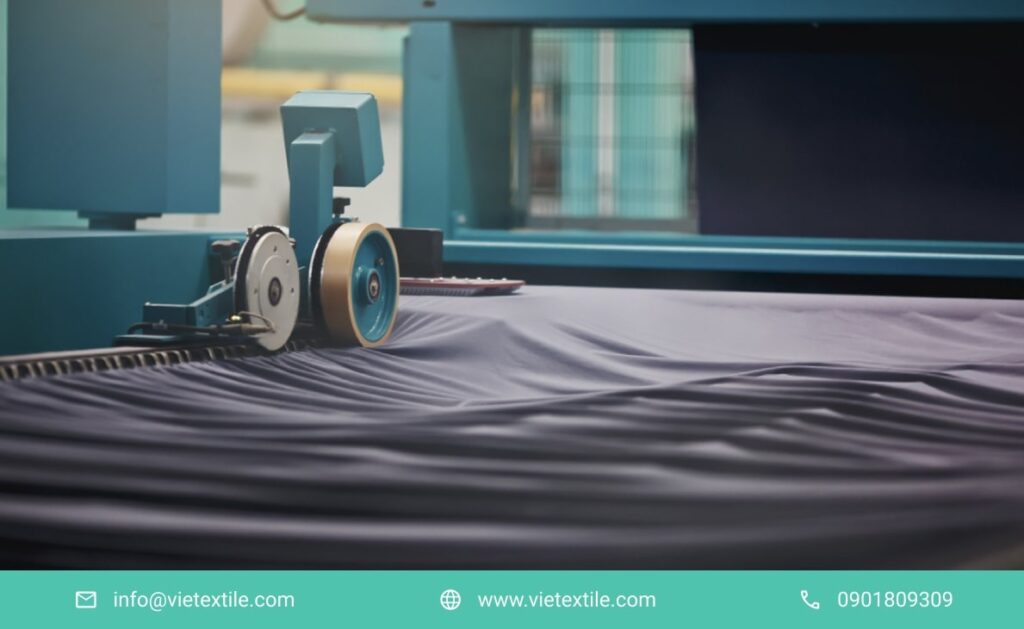
3.1 Dimensional Stabilization and Shrinkage Control
After wet processes like dyeing or washing, knitted fabric often shrinks or stretches unevenly. This machine helps precisely control the fabric’s width and length, bringing the fabric to the required standard dimensions. This prevents garments from being incorrectly sized or deformed, ensuring customers receive products of the expected size. This is a core benefit that the stenter provides.
3.2 Eliminating Wrinkles and Deformation
Knitted fabric is prone to wrinkling and deformation during previous processing. The knitted fabric stenter machine with its tensioning and high-temperature drying system effectively flattens the fabric, removing wrinkles and creases. The fabric surface becomes smooth and uniform, ready for cutting, sewing, or packaging. This ensures the product has a high aesthetic appearance when it reaches consumers.
3.3 Improving Surface Quality and Hand-feel
High temperatures and softening chemicals applied in this equipment significantly improve the hand-feel of knitted fabric, making it softer, smoother, and with better drape. This enhances the user’s experience, increasing the product’s perceived value. A good fabric hand-feel is a crucial factor in attracting and retaining customers.
3.4 Heat Setting for Blended Fabrics
For knitted fabric with synthetic fiber components (e.g., polyester, spandex), the knitted fabric stenter machine performs heat setting. High temperatures in the machine help fix the molecular structure of synthetic fibers, making the fabric more dimensionally stable and shape-retaining. This minimizes the fabric’s tendency to shrink or deform in subsequent washes, ensuring product durability and lifespan.
4.5 Enhancing Efficiency of Subsequent Stages
After passing through the stenter, knitted fabric achieves precise technical parameters, a flat surface, and stability. This facilitates subsequent stages such as cutting, sewing, printing, or embroidery. When the fabric is dimensionally stable and wrinkle-free, cutting will be more accurate, sewing will be easier, and print/embroidery quality will be maximized. This machine helps ensure seamlessness and efficiency for the entire textile product manufacturing process.
3.6 Ensuring Compliance with Quality Standards
Many markets, especially export markets, have very stringent requirements for dimensional stability and fabric technical parameters. The knitted fabric stenter machine helps fabric meet or exceed these standards, ensuring products are accepted and trusted in the global market. This is extremely important for building brand reputation.
4. VieTextile: Expert with Advanced Knitted Fabric Stenter Machines
VieTextile proudly stands as a leading partner in fabric finishing in Vietnam, particularly focusing on investing in the most modern and advanced knitted fabric stenter machines. We understand that this technology is a key factor in delivering superior quality and sustainable efficiency for our customers.
With a knitted fabric stenter machine system equipped with highly precise automatic control technology and a team of experienced engineers and specialists, VieTextile commits to:
- Optimal Solution Consultation: Supporting customers in analyzing needs and choosing the most suitable finishing process for each knitted fabric type.
- Superior Fabric Finishing Quality: Ensuring fabric achieves precise dimensions, a perfect surface, and desired physical properties.
- Optimal Operating Efficiency: Ensuring your production process is fast, efficient, and energy-saving.
- Customized Solutions: Applying the most suitable setting and finishing techniques for your knitted fabric types, from Single Jersey to Fleece.
Let VieTextile accompany you, transforming your most stringent requirements for knitted fabric quality into reality with high-tech knitted fabric stenter machines.
5. Frequently Asked Questions (FAQs)
To help our valued customers better understand the knitted fabric stenter machine and its importance, here are some frequently asked questions:
Q: What fabric types can a knitted fabric stenter machine process? A: A knitted fabric stenter machine is specialized to process knitted fabric types such as Single Jersey, Rib, Interlock, Fleece, and blended fabrics with significant knitted components.
Q: What is the main difference between a stenter machine and a sanforizing machine for knitted fabric? A: The stenter machine within a knitted fabric stenter machine is primarily used for drying and shaping width, controlling wrinkles. The sanforizing machine (compacting) focuses on mechanical compression to pre-shrink the fabric, ensuring dimensional stability lengthwise and reducing future shrinkage during washing.
Q: Does the use of a knitted fabric stenter machine affect fabric durability? A: If operated correctly and with strict parameter control, a knitted fabric stenter machine will not significantly affect fabric durability. Conversely, stabilizing the fabric structure helps enhance product lifespan.
Q: Does VieTextile offer finishing services for small batches of knitted fabric? A: Yes, VieTextile provides flexible knitted fabric finishing services, including small batches or samples, using suitable knitted fabric stenter machines to meet diverse customer needs.
6. References & Contact
- Knitted Fabric Stenter Machine and Dryer: Detailed Comparison of 2 Technologies
- Fabric Stenter Machine: Improving Durability, Enhancing Fabric Quality
- Textile Market in 2025: Opportunities Intertwined with Challenges
To learn more about our knitted fabric finishing capabilities with modern knitted fabric stenter machines and receive optimal solution consultation, contact VieTextile today!
Contact Information:
- Hotline: 0901 809 309
- Email: info@vietextile.com
- Website: https://vietextile.com
